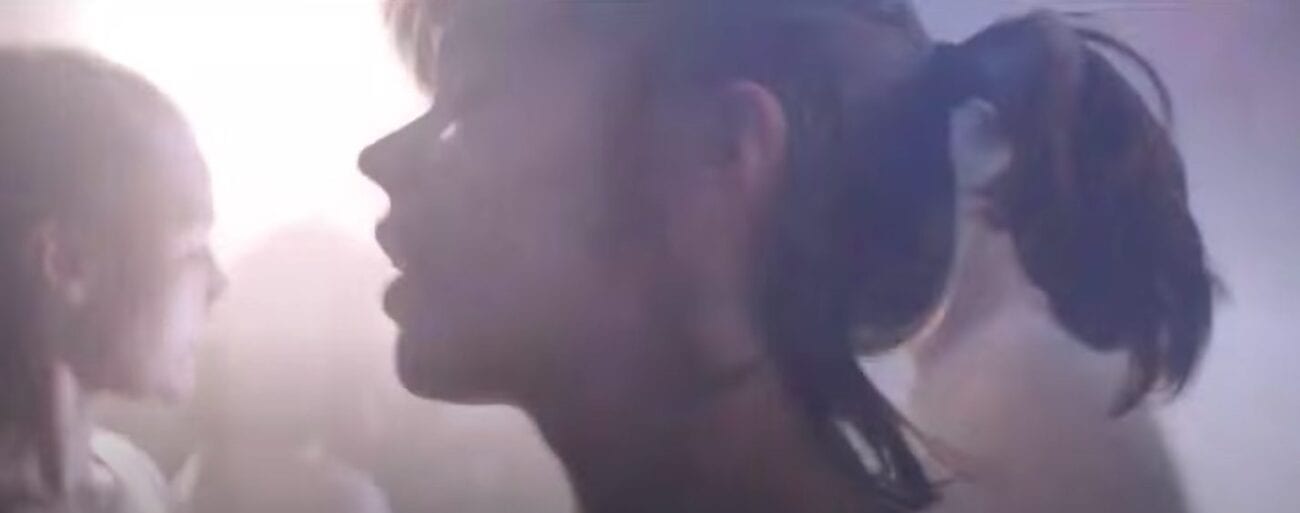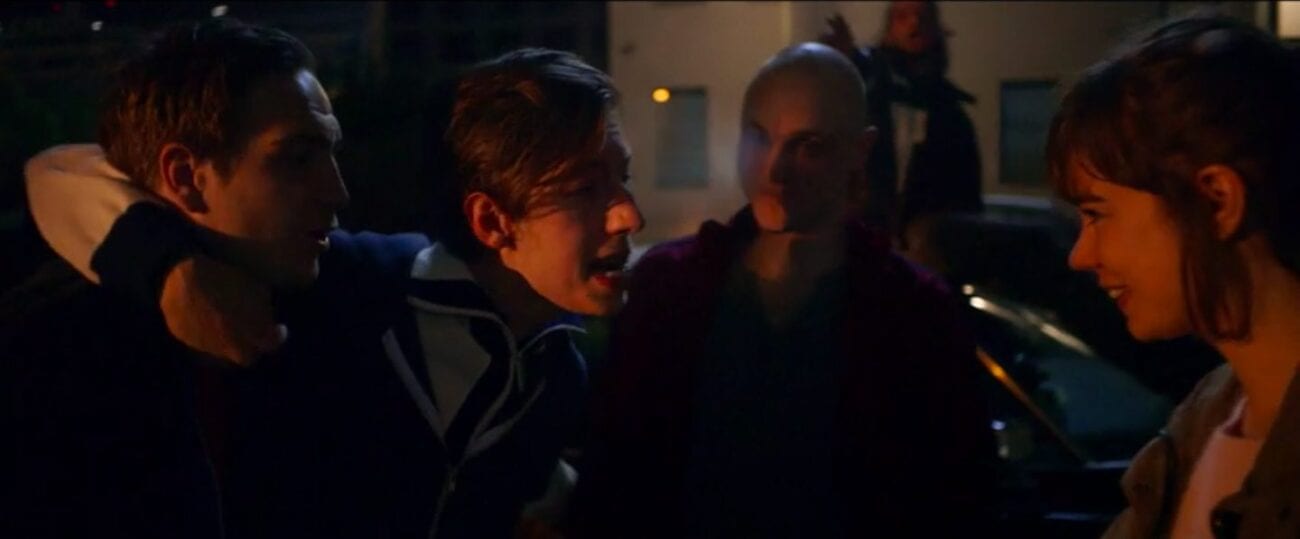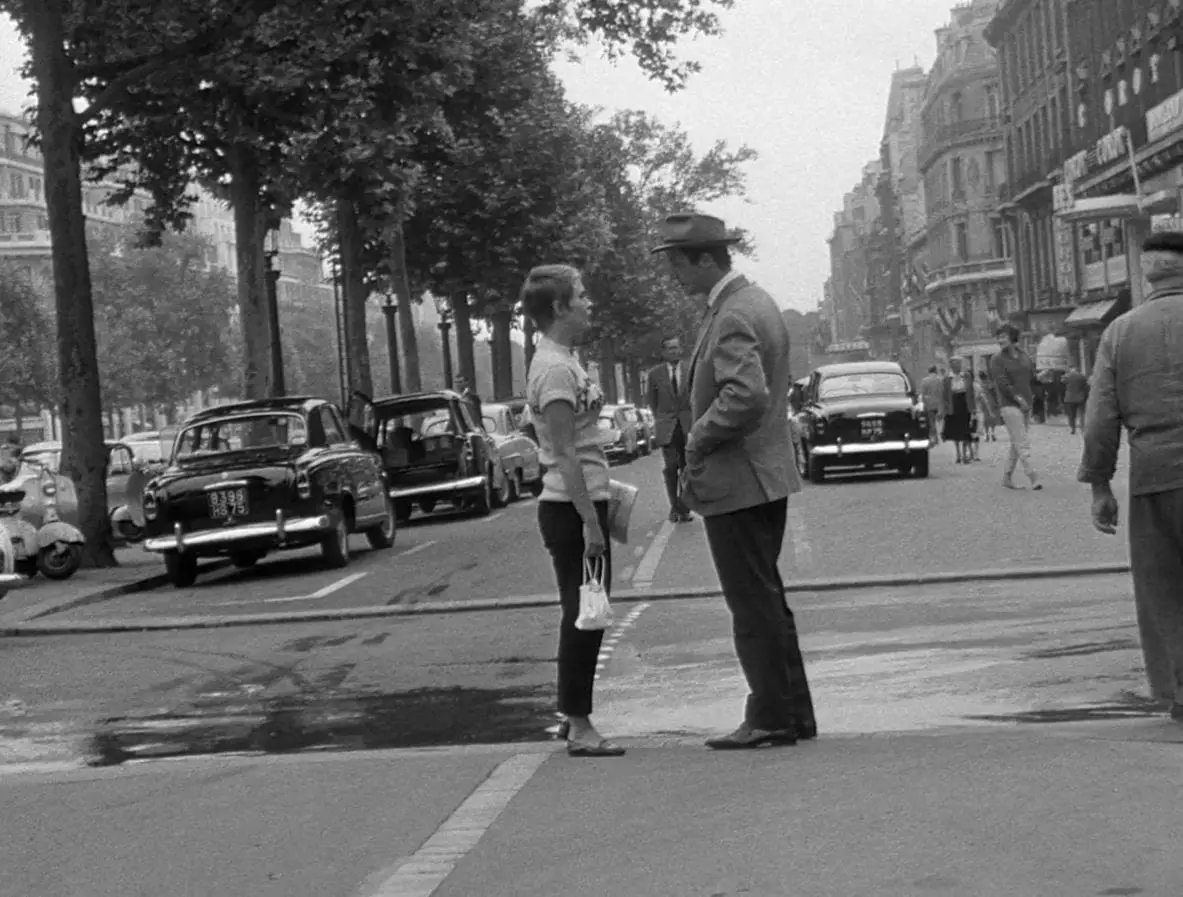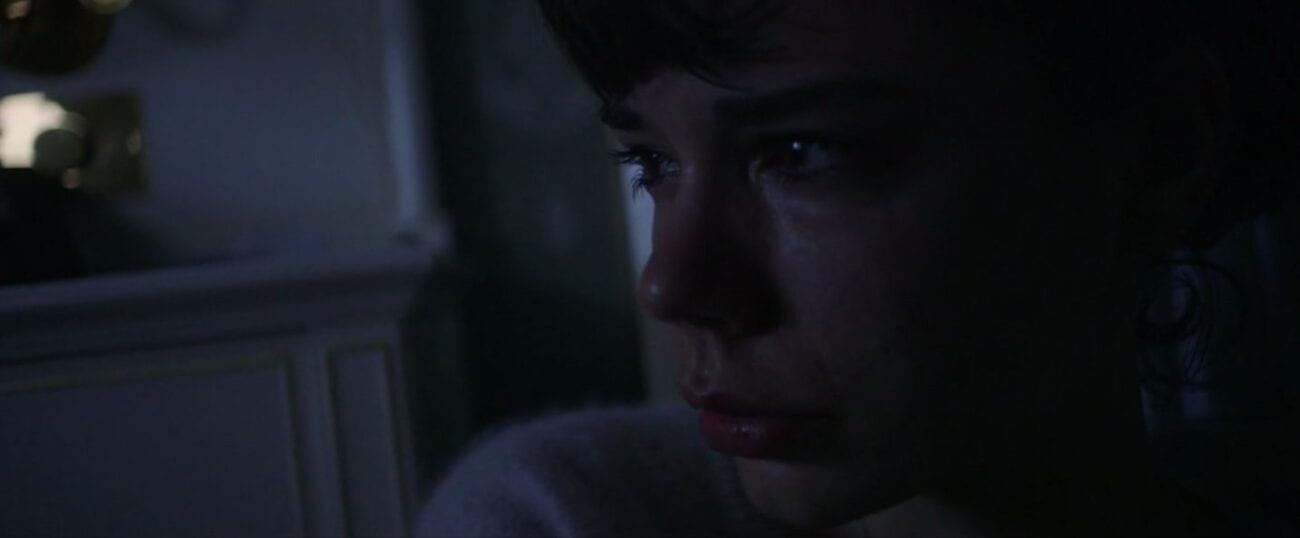I first watched Sebastian Schipper’s Victoria as a student in Paris for the summer, trying to cram a year of French fundamentals into a mere two months in order to test into the advanced courses. Some people my age — early twenties and late teens, at that point — invited me to visit Saint-Denis with them, and the whole day was basically, art and ideas. What made Saint-Denis so important to western architecture? Was the UK more European or American? Haussmannization or medieval Paris? It was my first time in Europe, so these conversations were all new to me. At one point, someone brought up Victoria, citing it as a riff on direct cinema for the way the story unfolds organically, with the director a completely invisible pacifist within the events. I watched the movie when I got home, and found that I intuitively understood Victoria, the movie’s heroine. Her absolute idealism, her thick accent, her determination to make a life for herself in a foreign city all resonated with my experience. This understanding led me to believe — if not always sympathize with — the moral decisions that lead her into reckless criminality.
The promise of Schipper’s film is to produce a single, uninterrupted take of a woman’s night out. This means no cuts, or editing of any kind. Just one shot for the entire 138-minute runtime. The continuous take means the burden of character development and relationship creation are dependent entirely upon the available screen time. Schipper makes sure these elements are established early so that they carry the film when it takes a turn into genre territory. In the opening shot a strobe light highlights our titular character as she dances in a club. She ends up leaving just as a group of guys are denied entry. One introduces himself as Sonne, and they invite her to come with them after discovering she’s from Madrid, promising that they’ll show her the “real Berlin.”

The Lonely Ingenue
It’s sometimes difficult in screenwriting to establish character and motivation without being obvious, but Victoria does it expertly. In the club, Victoria had insisted on buying the bartender a shot, even after he refused several times, indicating the depth of her loneliness. Then, the casual way Victoria and Sonne flirt as they meet, and how the boys introduce themselves, offering her beer and a chance to be taken under their wing . . . it makes sense that she joins them, because she’s looking to make connections. Ten minutes later, they take an elevator to the rooftop of an apartment complex. Intimate piano music — “Our Own Roof” by Nils Frahm — drowns out their voices, providing the first break from the ceaseless action inherent in a one-shot film. It allows us quiet breathing room to reflect upon our reaction to the film. The events, so far, were familiar to me. Had I not just spent a day with foreigners I knew little about? Had it not been an opportunity for me to see the “real Paris”? Haven’t we all, at some point, allowed strangers to take us into their fold after finding ourselves alone in the world?
Recently, I realized: watching the first half of Victoria in 2021 makes me nostalgic for a pre-Covid world. Because I have not, in over a year, gone out and made fleeting friends with strangers, nor encountered an unfamiliar yet beautiful space. Who knows when those chances will come again? I therefore understand, in a new way, what led her to join this drunk, impish group. Once on the roof, Victoria points to a tattoo on Boxer’s wrist and asks what it means, which prompts him to say that he “hurt a guy very badly” and insist that he’s “not a bad guy.” She learns that he spent time in prison — the first hint at the plot to come.
At this point, the characters have been established: Boxer, with a hint of introspection behind his hardened abandon; Sonne, with his immature yet charming disposition; Blinker and Fuss, who play minor roles but add a sincere playfulness to the group’s dynamic; and Victoria, our lonely yet yearning heroine.

Her First Moral Choice
But Victoria has to leave to open the cafe she works at. Sonne offers to drop her off, and she invites him inside for a coffee. We learn more about Victoria when Sonne teases her into playing piano and she performs Listz’s Mephisto Waltz. She tells him that before failing her conservatory exams, she practiced seven hours a day for sixteen years. It isolated her: “Your only friends are the other guys that are in the conservatory, but they are not your friends, they’re like your enemies because they are fighting for your dream too.” We can intuit that loneliness has been a constant thread in her life, and not just something she experiences as an expat.
Boxer interrupts her confession, showing up at the cafe with Blinker and Fuss, asking Sonne for a favor. When Fuss begins throwing up, Boxer insists that they need a fourth person. He demands Sonne ask Victoria to help, says he “doesn’t give a fuck.” A clear rift opens between the two men. Whatever they need to do, Sonne is reluctant to get her involved. Victoria asks if it’s something bad when Boxer opens the door and whispers in Sonne’s ear: “We have five minutes. Five fucking minutes.” Most people would have backed out here, but the backstory of her sheltered past at the conservatory serves as motivation for her experiencing the new. She knows if she goes with them she could solidify her spot in their group, and for her, that’s seductive. So she enters willingly, if naively, into the dark underbelly of Berlin.
When things start to pick up, and motivations have been expertly established, I remember: the script for Victoria was twelve pages. Most of the dialogue was improvised. What direction were the actors given? Is this theme of friendship and loneliness meant to pervade the film, or did it happen spontaneously, and arise out of the organic conversations between these actors? The continuous take means I have been with them throughout their encounters, as an invisible participant, and their exchanges are so natural I could see it going either way.
Halfway through the film, the genre plot materializes: the gang that protected Boxer in prison forces the group to rob a bank. On their way to the heist, Blinker has a panic attack, screaming, “I can’t breathe . . . my heart . . . stop the car . . . I don’t want to die . . . Boxer, I can’t!” The four collect themselves on the side of the road, and Sonne glares at Boxer, going right up to him and jutting his chin forward, accusation burning behind his eyes. At this point, Victoria invites us to ask: how far are we willing to go to help our friends? Would we risk our lives, our futures, in order to protect theirs? How would our choices be different if we knew the future?
Jump Cuts in Breathless
To understand the full impact of Victoria’s continuous take, consider Jean-Luc Godard’s Breathless, which has unintentional parallels in its treatment of crime, moral choices, and the leading woman. The seminal New Wave film opens with a man, Michel, impulsively killing a police officer. On the run, he turns to an American student at the Sorbonne, Patricia, and hides out in her Paris apartment while he plans his escape to Italy. Yet you almost forget Breathless is about murder, theft, and crime, because it rarely addresses that. Instead, similarly to the first half of Victoria, most of the film follows long conversations between Patricia and Michel (and similarly to the improvisation of Victoria’s dialogue, Godard would edit the script in a notebook on set).
The New Wave directors rejected established filmmaking techniques, finding the old ways outdated and ill-suited to represent their modern lives. They developed a new style of filmmaking not for the sake of difference, but to substitute existing methods. To show that things could be done differently. Godard paved the way for future generations to reinvent the medium, reminding us that you only need a camera to make a movie. The rest? Rules waiting to be broken.
Godard in particular became known for his unique tracking shot, in which he placed the camera at a low angle in front of the actors, thereby opening up scenes to shoot the environment in motion. The concept of an unencumbered camera was still in its infancy, but it allowed Breathless to mimic the vérité reportage of a documentary. It became a film about the city itself. Raul Coutard, the cinematographer, shot the Breathless one-take on a handheld Eclair Cameflex camera, allowing them not only to follow the actors on the streets and shoot in natural light, but also film from inside cars as they drove around Paris, shooting conversations and B-roll from the moving vehicle.

Before the New Wave, editing’s purpose was to maintain continuity, creating a formulaic, strict editing language in which nothing intrusive happened that could remind the audience of the film’s fabrication. Godard instead used jump cuts to mismatch conversations that could have been shot continuously. The philosophical meaning of these jump cuts has been under debate ever since: Andrew Sarris famously described the technique as “representing the meaninglessness of the time interval between moral decisions.” Others claim Godard simply forgot to shoot whole scenes. Regardless of their meaning, the jump cuts create an awareness of the camera that is filming the scene, with its short jabs and spliced celluloid. There are few dissolves and almost no smooth cuts. It was a new way of producing a film, this dizzying disconnection between the actors and the audience, and naturally, it creates the opposite impact of Victoria, where we see everything play out in real time.
Reckless Abandon
The single-shot film can come across as a gimmick, but in Victoria it serves to “hide” the camera, as it were, and put us through a traumatic experience with the characters. We are there as they rob the bank, as they revel in the euphoria of making it out alive, as they come upon the police near their car, as Blinker and Boxer are shot, as Victoria and Sonne hide out in a hotel room. We don’t miss a single moment because there are no cuts to pull us out, to remind us of the film’s fabrication. Because of this immersion, Victoria rips your heart out in a way Breathless simply cannot, even if the two films tackle similar themes. We are with Victoria as Sonne reveals he’s been shot and bleeds out on the bed for six minutes. And then we are there as Victoria sobs on the duvet, crawls to the floor and wails, confronted with the final, cold choice she has to make: to take the money and run. It gives us a sense of survivor’s guilt as we watch the others die, wondering why, of the four who robbed the bank, only we and Victoria come out alive. We had become invisible participants in this heist, and then we watch as Victoria takes the money and wanders away from us, back into her loneliness and solitude.

In the end, the film captures the way life can have a dangerous momentum, and reveals itself to be a character study of one woman and her moral choices. The cinematography of Breathless was innovative eighty years ago, but Victoria’s continuous take does something unique to its audience today. It shows us the perils behind sticking to moral choices with naive conviction, the impossibility of knowing where our thousands of instantaneous decisions will lead us. Watching Victoria walk away at the end, safe but certainly changed forever, we are reminded how little control we hold — over our careers, our musical ambitions, our friends — and sometimes the only choice is to continue onward, alone.


